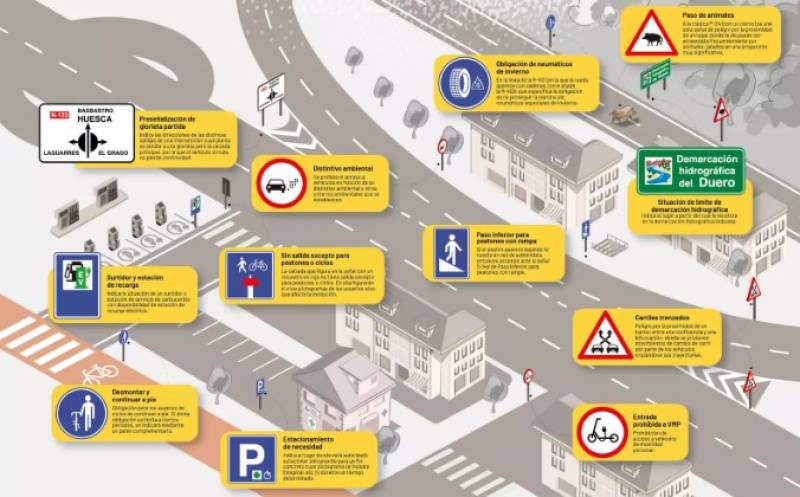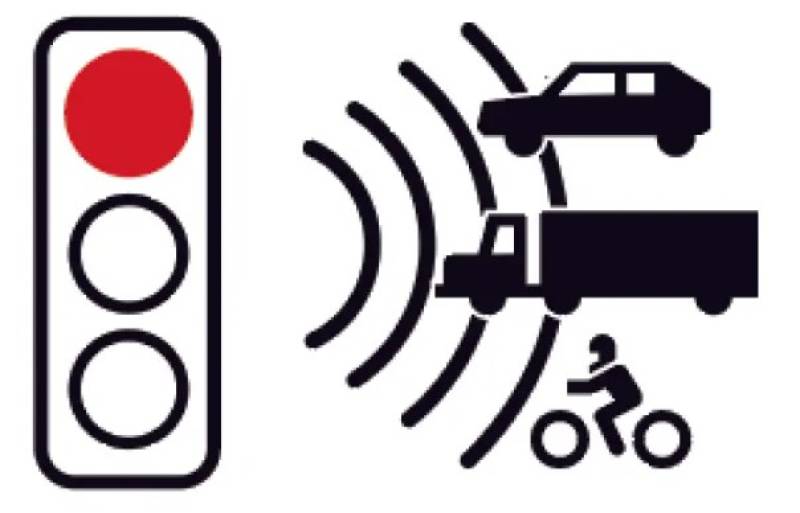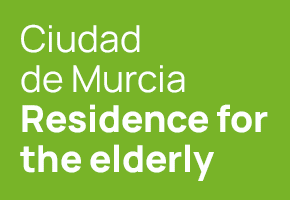

Guidelines for submitting articles to San Javier Today
Hello, and thank you for choosing sanjavier.today to publicise your organisation’s info or event.
San Javier Today is a website set up by Murcia Today specifically for residents of the urbanisation in Southwest Murcia, providing news and information on what’s happening in the local area, which is the largest English-speaking expat area in the Region of Murcia.
When submitting text to be included on San Javier Today, please abide by the following guidelines so we can upload your article as swiftly as possible:
Send an email to editor@spaintodayonline.com or contact@murciatoday.com
Attach the information in a Word Document or Google Doc
Include all relevant points, including:
Who is the organisation running the event?
Where is it happening?
When?
How much does it cost?
Is it necessary to book beforehand, or can people just show up on the day?
…but try not to exceed 300 words
Also attach a photo to illustrate your article, no more than 100kb

New questions and road signs shake up DGT theory test this October
Updated traffic signs and real-life risk videos to make Spain’s driving exam more practical
 Starting from October 1, the Dirección General de Tráfico (DGT) is rolling out changes to the theory exam for new drivers in Spain. One of the key updates is the inclusion of questions based on the recently updated road sign catalogue, which came into force this past July.
Starting from October 1, the Dirección General de Tráfico (DGT) is rolling out changes to the theory exam for new drivers in Spain. One of the key updates is the inclusion of questions based on the recently updated road sign catalogue, which came into force this past July. There is currently one new traffic sign called S-991c. It warns drivers about cameras, known as “foto-rojo” radars, that take photos of vehicles running red lights. Breaking the rule can cost you 200 euros and four points on your licence.
There is currently one new traffic sign called S-991c. It warns drivers about cameras, known as “foto-rojo” radars, that take photos of vehicles running red lights. Breaking the rule can cost you 200 euros and four points on your licence.









